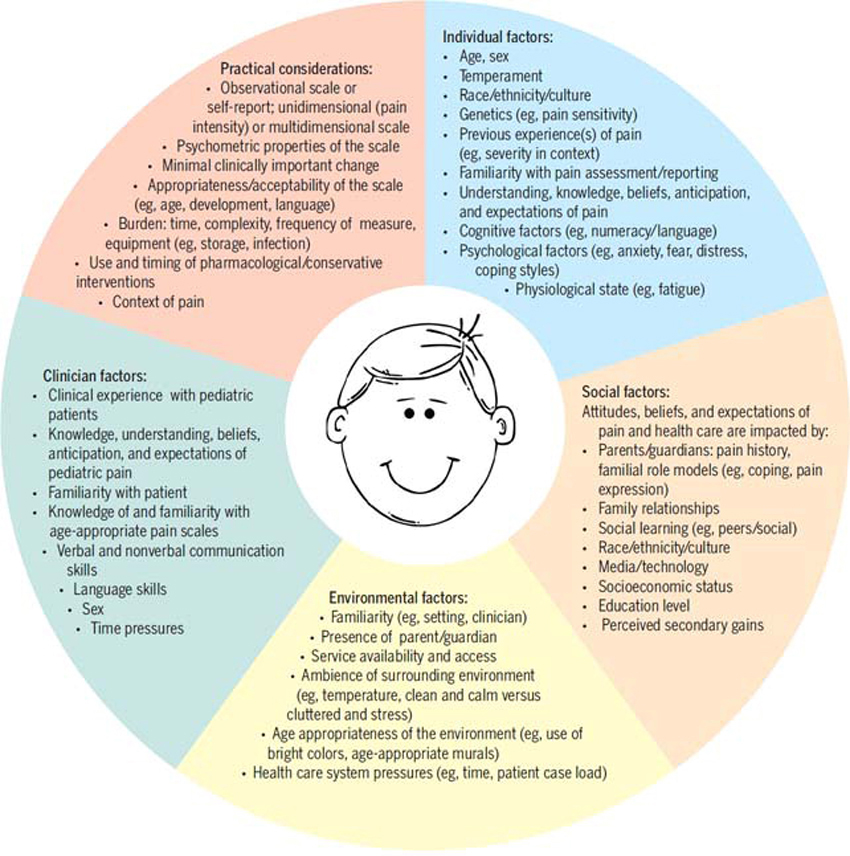The Pediatric Elbow: A Review of Fractures
SOURCE: Dynamic Chiropractic
By Deborah Pate, DC, DACBR
The elbow fracture is one of the most common fractures in children. Assessing the elbow for fracture can be difficult because of the changing anatomy of the growing skeleton and the subtlety of some of these fractures.
It’s important to be aware of the radiographic signs of fracture in the elbow, along with knowing the appearance and fusion of the ossification centers in the pediatric patient, to avoid confusing an ossification center with a fracture fragment. Of course, alignment and radiographic positioning are also extremely important in making a diagnostic assessment.
 Diagram of a distended joint capsule with the fat pads displaced. |
When reviewing an X-ray study for trauma, it’s best to have a methodical way of viewing the study. Perform (at the very least) two views of the elbow at 90° to each other, AP and lateral. Positioning is very important, particularly in the growing skeleton. Alignment of the joint cannot be assessed unless the positioning is accurate.
The two most common errors in positioning are: 1) elbow is lower than the shoulder, which projects the capitellum onto the ulna; and 2) elbow is higher than the wrist, which will make the capitellum and the head of the radius appear anterior, and the epicondyle appear posterior, making it difficult to assess the alignment. In a true lateral view, the elbow and the shoulder should be in the same plane and the wrist should be higher than the elbow to compensate for the normal valgus position of the elbow. The thumb should be up to keep the radius from rotating.
Once X-rays are taken, it’s a matter of reviewing the films methodically. Four questions should be kept in mind when reviewing pediatric trauma cases (when in doubt, have the films reviewed by a radiologist):
- Is there a sign of joint effusion?
- Are the bones in normal alignment?
-
Are the ossification centers normal? (In an adult, the question would be whether the joint spaces are maintained.)
-
Is there a subtle fracture? In children, rule out elbow fractures by paying particular attention to the following: supracondylar fracture with minimal displacement; lateral condyle fracture; slipped radial epiphysis; radial dislocation; and position of the medial epicondyle.
Is There Joint Effusion?





Leave A Comment